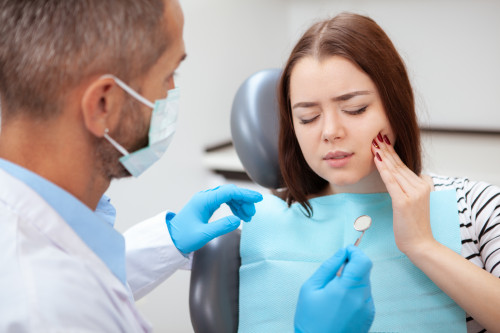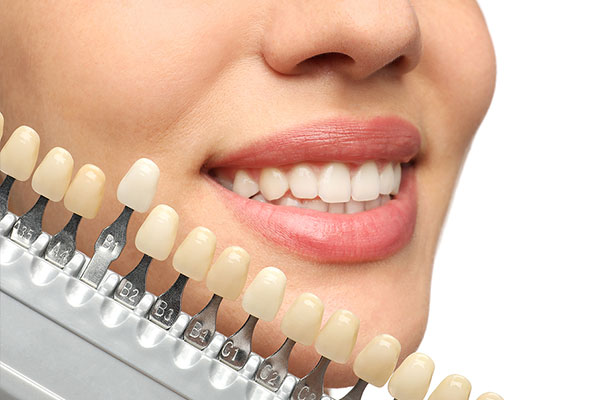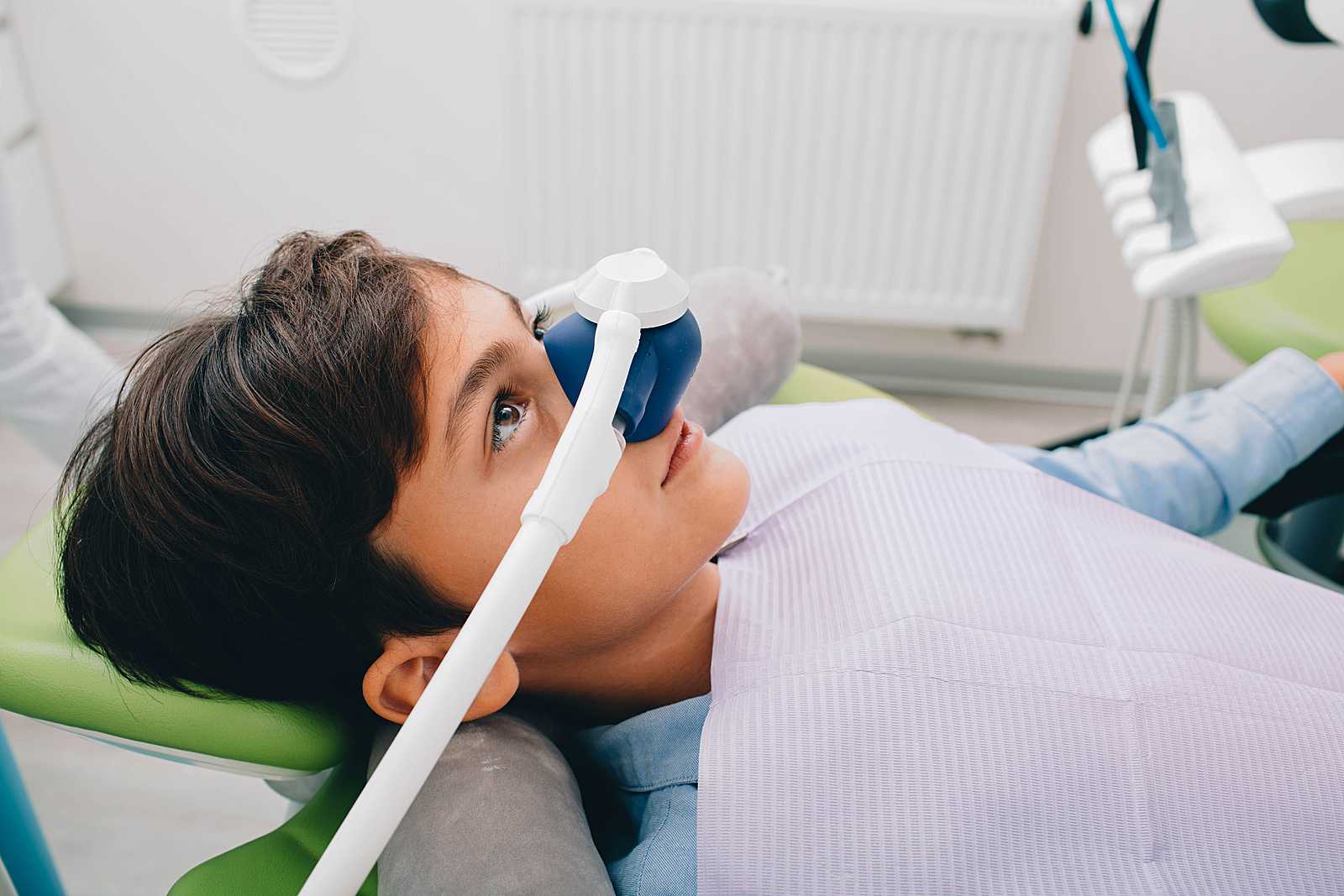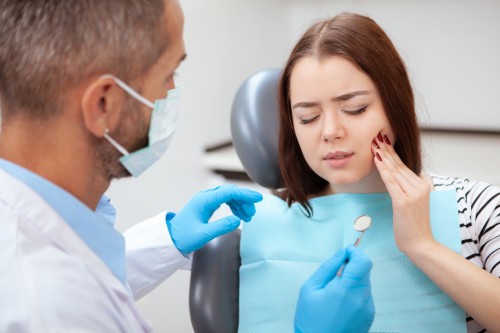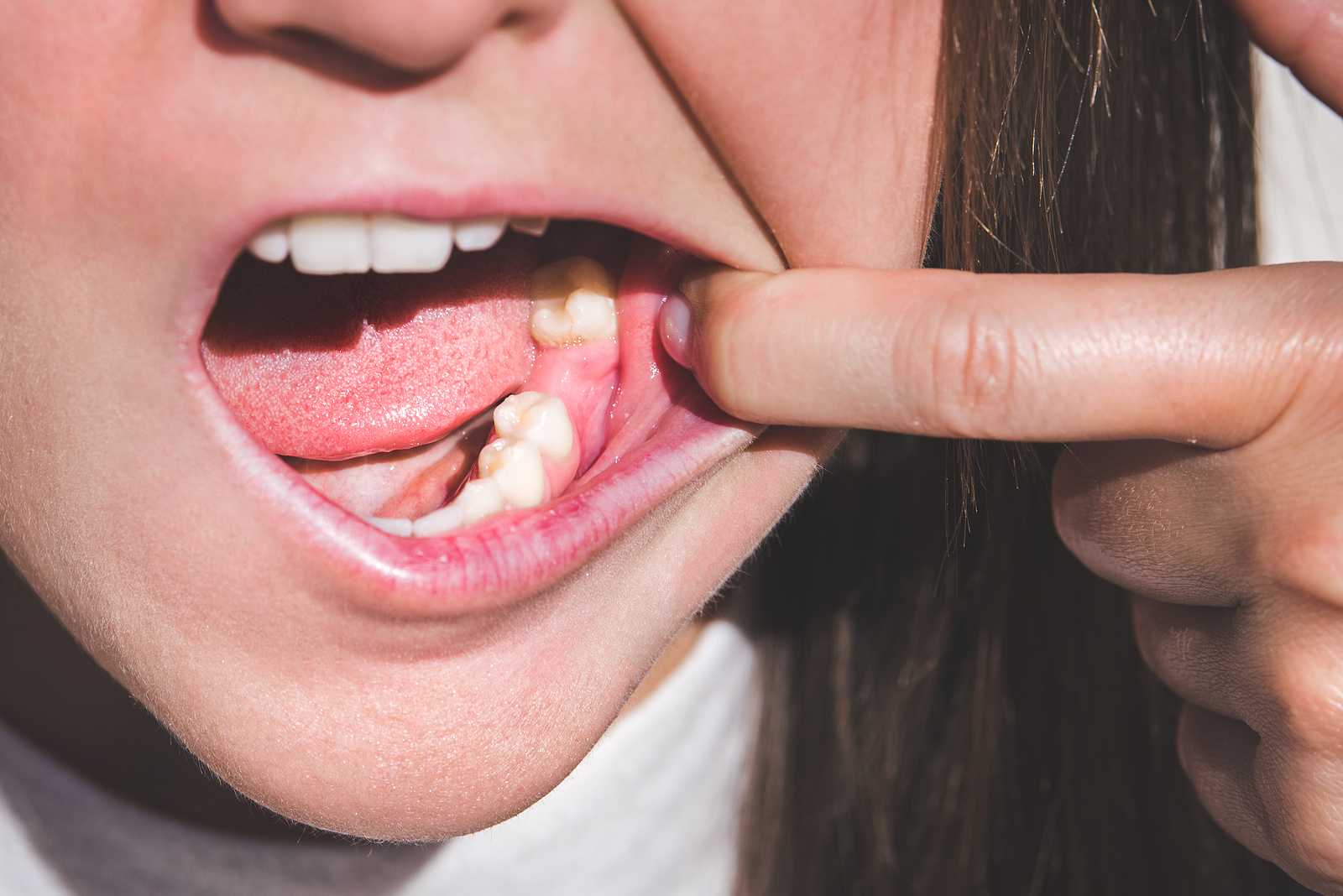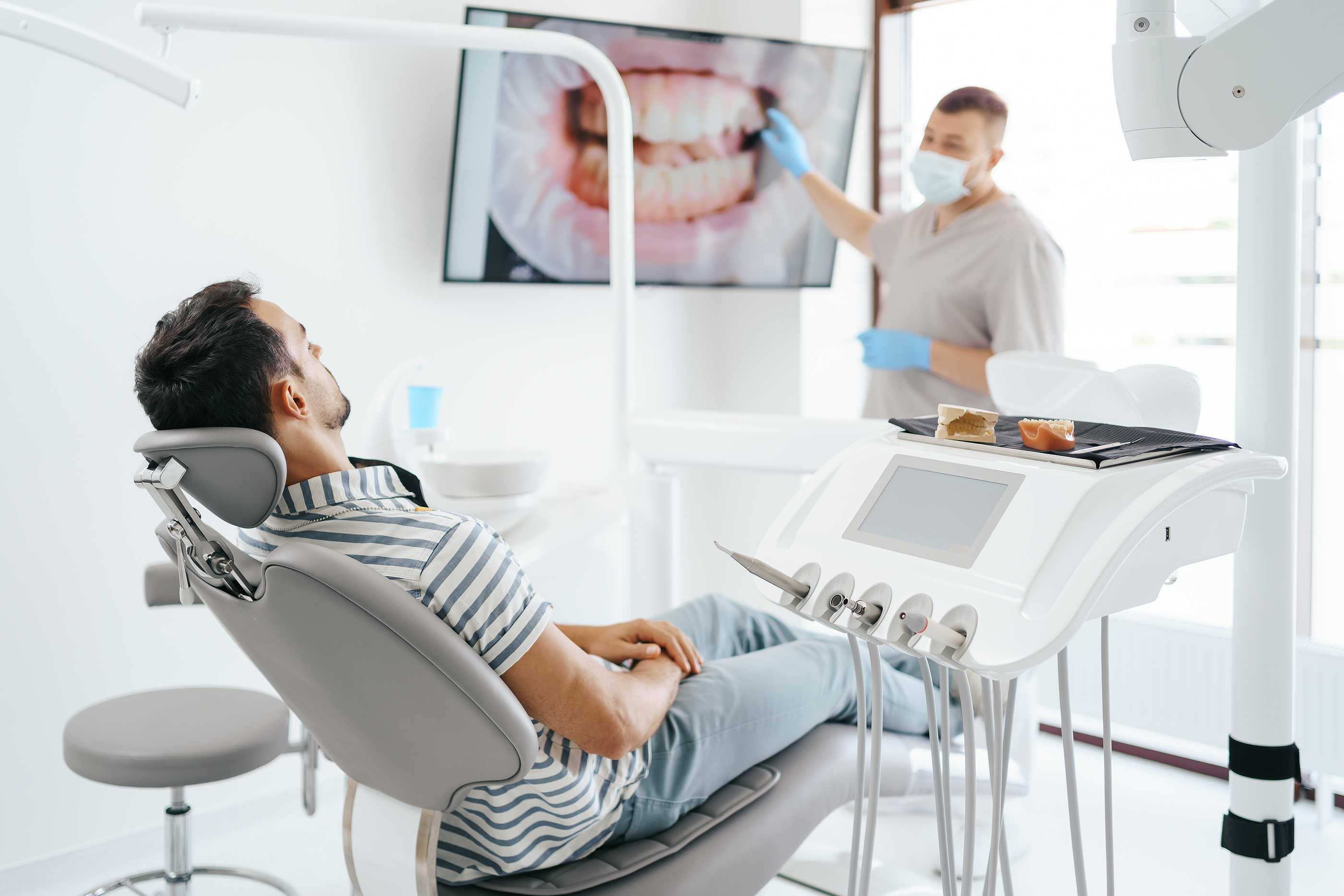What Is Scaling and Root Planing?
Posted by ITOOTH FAMILY DENTISTRY
dentistry
on Jun 1 2019, 07:36 AM

If you haven’t been to the dentist in a while or if you have difficulty sticking to a regular brushing and flossing routine, your hygienist or dentist might recommend root planing and scaling. While it might sound scary, scaling and root planing is simply a deep cleaning below the gum line to help treat gum disease.
Why Do I Need Root Planing?
Gum disease affects more than half of the adult U.S. population. In fact, it’s estimated that chronic gum disease affects a whopping 47% of American adults over the age of 30.
Gum disease is an infection in your gums. Some factors that contribute to gum disease are smoking, poor home hygiene, missed professional cleanings, pregnancy, mouth-breathing, alcohol abuse, stress, and crooked or overlapping teeth that are difficult to clean. Some medications contribute to gum disease because they slow saliva production which allows oral bacteria to flourish.
Bacteria in plaque can build up on your teeth, and if not cleaned properly, can cause swelling of the gums which allows more plaque and bacteria to seep below the gum line. Once this happens, the gums pull away from the teeth creating periodontal pockets. At this point, only a professional using special instruments can remove the plaque. If untreated, gum disease could lead to bone and tooth loss.
If the pockets between your gums and teeth are too deep, however, scaling and root planing may be needed.
The Procedure
Scaling and root planing is usually completed over a series of appointments with a local anesthetic. Some dentists will numb one side of your mouth and see you for two appointments, while others will numb a quarter of your mouth at a time and treat you over the course of four appointments.
After you have been sufficiently numbed, your hygienist or dentist will remove the built-up plaque below the gum line. Hand instruments or an ultrasonic scaler may be used to clean your mouth.
After all the hardened plaque is removed, they may rinse your periodontal pockets with an anti-bacterial solution or sterilize them with a laser to kill any bacteria hiding below the reach of the hygienist’s instruments.
Recovery, Homecare, and Maintenance
After each visit, you can expect to have a little sensitivity or soreness in the treated areas, which might last for a day or two.
You may be given an oral antibiotic or a mouth rinse to help with healing.
After all of the affected areas have been scaled and root planed, you might be placed on a shorter hygiene schedule, referred to as periodontal maintenance, usually every 3-4 months. At each visit, your hygienist will check to make sure your periodontal pockets are not getting any larger.
The best way to prevent gum disease is to have regular professional cleanings, brush at least twice a day with a soft-bristled toothbrush and floss at least once a day.
Once gum disease passes a certain point, it becomes a chronic condition that never goes away. Proper at-home care, a healthy diet, avoiding all tobacco products, and seeing your hygienist at least twice a year are all simple ways you can help prevent gum disease from affecting your health.
